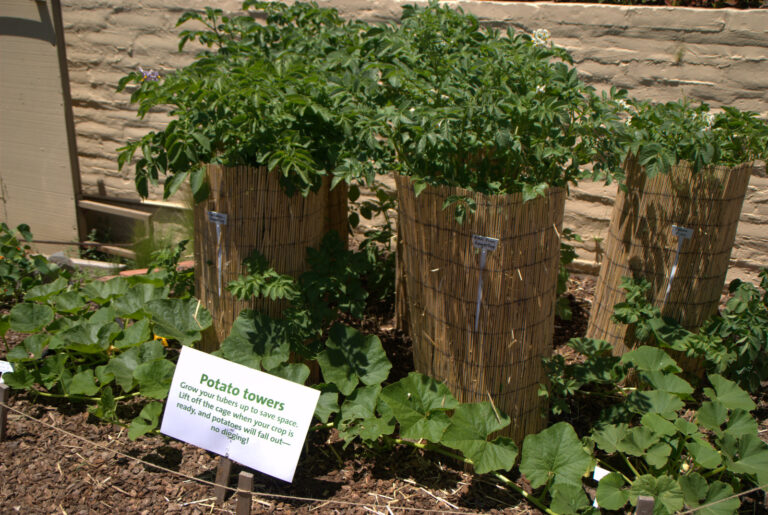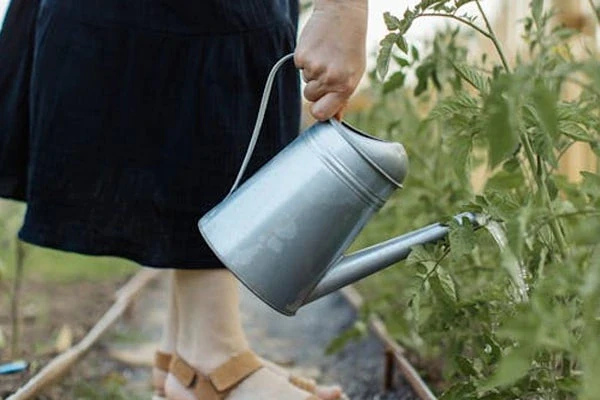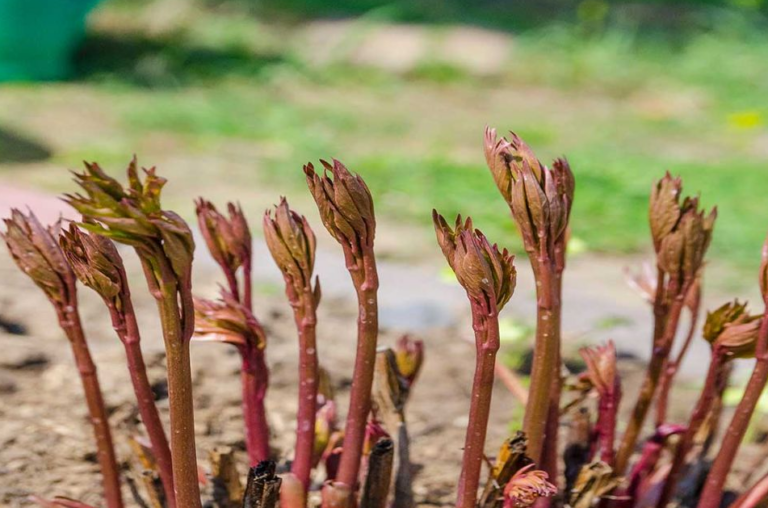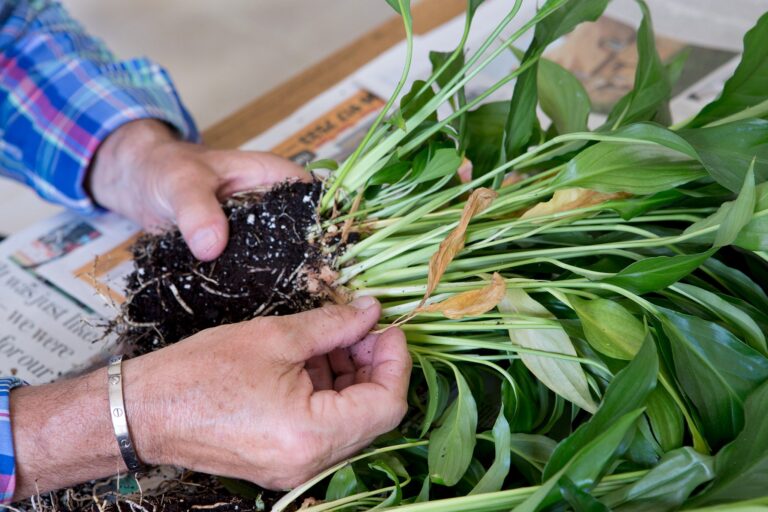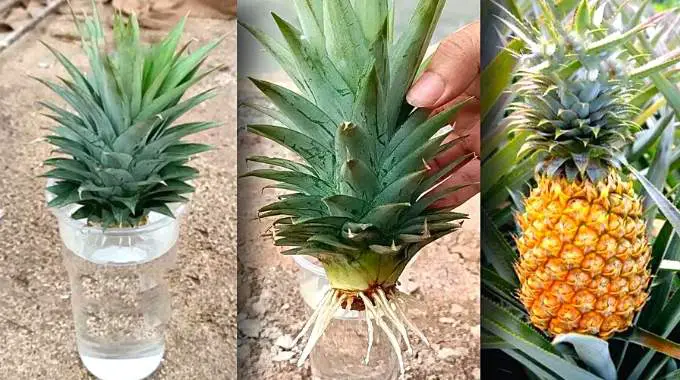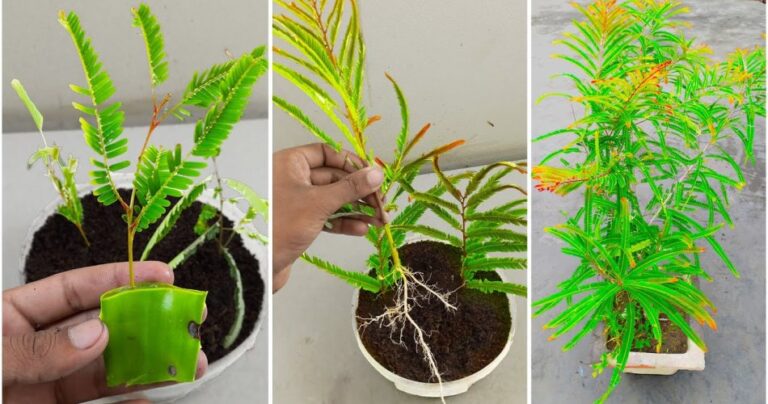Gardening is a fulfilling endeavor that not only enhances the beauty of your environment but also offers fresh produce and a deep sense of accomplishment. To help both novice and seasoned gardeners optimize their efforts, here are 20 ingenious gardening hacks designed to boost your garden’s health, save time, and promote sustainability:
1. Utilize Eggshells as Natural Fertilizer
Crushed eggshells are rich in calcium, an essential nutrient that helps prevent blossom end rot in crops like tomatoes and peppers. Simply rinse, dry, crush, and sprinkle them around the base of your plants.
2. Enrich Soil with Coffee Grounds
Used coffee grounds provide nitrogen, improve soil structure, and attract beneficial earthworms. Sprinkle them on the soil surface or mix into your compost, but use sparingly to avoid increasing soil acidity.
3. Employ Vinegar as a Natural Weed Killer
White vinegar’s acetic acid content makes it effective against young weeds. Apply directly to weed leaves on a sunny day, taking care to avoid contact with desirable plants.
4. Boost Plant Health with Epsom Salt
Containing magnesium and sulfur, Epsom salt aids in photosynthesis and nutrient absorption. Dissolve a tablespoon in a gallon of water and water your plants monthly to enhance color and yield.
5. Regrow Plants from Kitchen Scraps
Reduce waste by regrowing vegetables like green onions, lettuce, and celery from their bases. Place the cut ends in water until roots develop, then transplant to soil.
6. Practice Companion Planting for Pest Control
Grow certain plants together to enhance growth and deter pests. For example, marigolds repel nematodes when planted with tomatoes, and basil improves tomato flavor while deterring flies.
7. Apply Mulch to Retain Moisture
A 2-3 inch layer of organic mulch, such as straw or wood chips, conserves soil moisture, suppresses weeds, and adds nutrients as it decomposes. Keep mulch away from plant stems to prevent rot.
8. Create a DIY Compost Bin
Recycle kitchen and garden waste into nutrient-rich compost using a simple bin made from a large plastic container or wooden pallets. Alternate layers of green and brown materials, turning regularly to speed decomposition.
9. Use Baking Soda for Sweeter Tomatoes
Sprinkling a small amount of baking soda around tomato plants can reduce soil acidity, potentially leading to sweeter fruit. Use cautiously to avoid over-alkalizing the soil.
10. Collect Rainwater for Irrigation
Harvesting rainwater is eco-friendly and provides chemical-free hydration for your garden. Set up a rain barrel under a downspout to collect and store water for dry periods.
11. Build a Simple Drip Irrigation System
Deliver water directly to plant roots by creating a drip system with a garden hose punctured with small holes. Lay the hose along garden rows and connect to a water source for efficient watering.
12. Attract Pollinators with Native Flowers
Plant native flowers that bloom at various times to draw bees and butterflies, essential for pollination and a healthy garden ecosystem.
13. Fertilize with Banana Peels
Rich in potassium and phosphorus, banana peels can be chopped and buried near plants or soaked in water to create a nutrient-rich tea, benefiting flowering plants and fruit trees.
14. Make Natural Pesticides with Neem Oil
Neem oil controls various garden pests without harming beneficial insects. Mix with water and a few drops of dish soap, then spray on affected plants to manage issues like aphids and spider mites.
15. Suppress Weeds with Newspaper
Lay several layers of newspaper around plants and cover with mulch to block sunlight, preventing weed growth while allowing water and nutrients to penetrate.
16. Grow Herbs Indoors Year-Round
Cultivate herbs like basil, mint, and parsley indoors on a sunny windowsill using small pots with good drainage and quality potting mix. Regular trimming encourages bushy growth.
17. Create Raised Beds for Better Drainage
Raised beds improve drainage, prevent soil compaction, and warm up earlier in the spring, extending the growing season. Construct using untreated wood, bricks, or concrete blocks, and fill with a soil-compost mix.
18. Use Fish Emulsion for Plant Growth
High in nitrogen, phosphorus, and potassium, fish emulsion provides a quick nutrient boost. Dilute with water as directed and apply every few weeks during the growing season.
19. Protect Plants with DIY Cloches
Shield plants from cold and pests by covering them with homemade cloches made from plastic bottles with the bottoms cut off, creating a mini greenhouse effect.
20. Store Seeds Properly for Future Planting
Keep seeds viable by storing them in a cool, dry place in airtight containers. Label with plant name and collection date; some seeds benefit from refrigeration to extend viability.
Implementing these hacks can lead to a more productive, sustainable, and enjoyable gardening experience, allowing you to cultivate a thriving garden with greater ease and efficiency.



